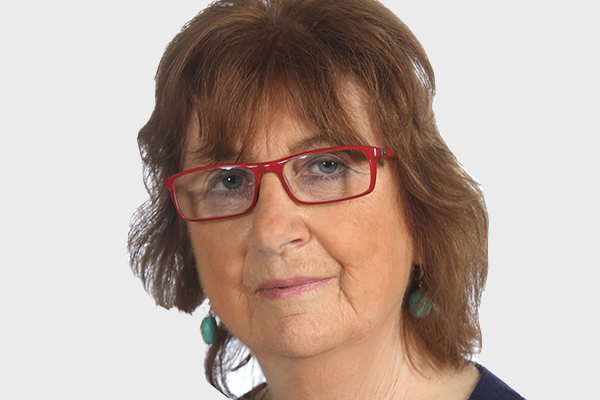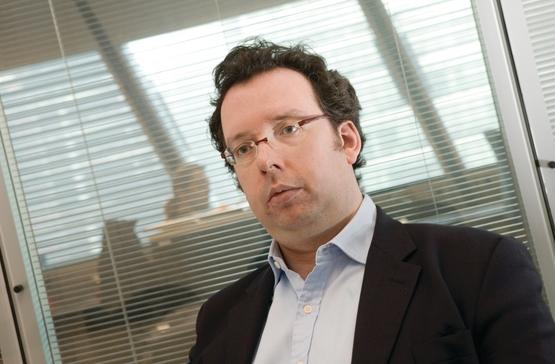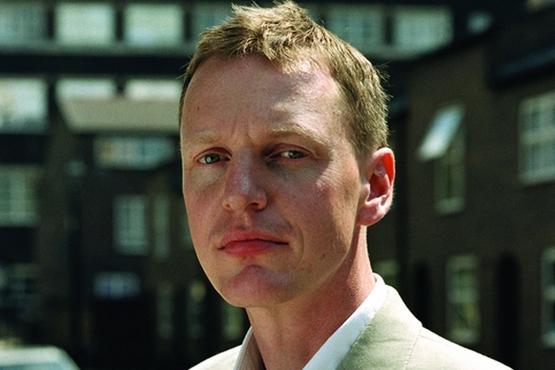Standing empty
It is a travesty that so many homes are left empty when there is such a shortage of affordable homes, says Sara Graves
When one door closes another opens - if only that were true in the housing world. Unfortunately a lot of doors remain shut for a very long time, and the number of empty homes in the UK is eye-watering.
Government figures from April suggest there are now fewer empty homes - with numbers falling by a third since 2004 - due largely to the great work that local authorities are doing. But we can clearly do more and there are still 203,596 empty homes in England, while 1,240,855 households are on council waiting lists. Those empty homes could make a real difference.
Of course, it isn’t that simple - there is no guarantee that the empty homes are in the places with the greatest need, that they are the right types of property or that they could even be made available quickly and easily. There are large numbers of empty properties in parts of the North, but fewer in London, for example.
Homes can stand empty for long periods for a host of reasons. Among the most common are families taking a long time to come to a decision on what should be done with an inherited property, landlords or purchasers not being able to afford renovation work, and people keeping properties empty while they wait for prices to rise.
The government has taken some steps to help reduce numbers of empty homes, such as allowing local authorities to charge higher rates of council tax for empty properties and ensuring that capital gains tax is payable by non-UK residents on property they own here.
Against this backdrop is a travesty that so many homes are left empty when there is such a shortage of affordable homes. There are a number of different schemes being pursued by local authorities with great success.
Enfield Council is making use of empty homes where the owner has moved to residential care through the ‘Keeping House’ scheme, which uses the properties for temporary accommodation. This gives a family a home and the homeowner is able to use the money towards their costs without needing to sell up.
Elsewhere, in Stoke, the council sold properties from its housing market renewal areas for a token £1 to working people on low incomes who might not otherwise be able to consider homeownership. The local authority is offering loans of up to £30,000 to carry out renovations and purchasers must live in their new home for at least five years. This scheme was massively oversubscribed.
And in Leeds, the city council set up an ‘empty homes doctor’ scheme to assist people in bringing their empty homes back into use. The scheme is mainly aimed at those who have inherited a property, or moved out of the area or into residential care. It helps by producing a report outlining the options and then an action plan to carry out any work and get the property back into use.
The above is just a taste of the great work being done around the country. But the fact we still have more than 200,000 empty homes in England shows we can and should do much more.
The key is seeing these homes as an opportunity, not a problem. Given our severe lack of affordable housing it would be a travesty to leave so many homes empty for long periods. The government, local authorities and housing providers can all play their part in bringing more homes back into use to ensure that everyone has a safe and warm place to call home.
Sara Graves, knowledge management and research coordinator, Chartered Institute of Housing







